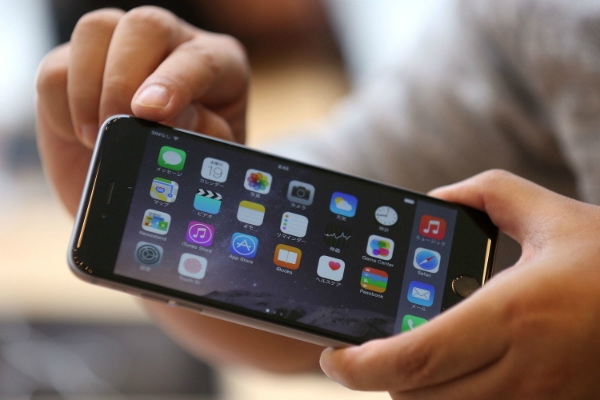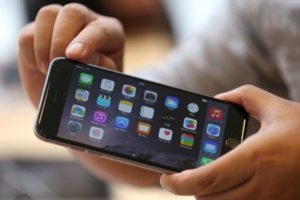According to news agency Bloomberg, a "secret laboratory" of Apple runs in the northern Taiwan. The publication writes that the laboratory employs at least 50 engineers.
Why the secrecy? The building does not currently have any identifying signs, yet there is less obvious evidence: Apple’s logo at the front desk, iMac computer with the standard visitor registration form, and staff wearing Apple ID badges. At the same time, the laboratory personnel refused to give any comments to journalists.
In the past, the building belonged to Qualcomm. This place was cradle of displays based on interferometric modulation, better known under Mirasol brand.
Allegedly, Apple's project partners are the local panels’ manufacturer AU Optronics and the same Qualcomm. It is worth noting that Apple currently purchases displays from Samsung, LG, Sharp and Japan Display.
Recently, mass media reported that Japan Display plans to launch mass production of OLED-displays for future iPhones in the spring of 2018. In November 2015, KGI Securities analyst Ming-Chi Kuo said that Apple does not shift to OLED-panels within the next three years.
This month, mass media also disclosed Apple's plans to enter the graphic chips market.
According to Fudzilla without specifying sources of information, Apple has been designing its own GPU over the past few years. With this, the company expects to improve graphics performance of its processors.
Currently, Apple is developing proprietary applications processors, installed in iPhone and iPad.
Despite all of this, Tim Cook’s company still may face its first ever decline in sales of smart phones. Recently, several influential analysts expressed confidence in lowering iPhone supplies.
Analysts at Bank of America revised its estimate for iPhone supply in the 2016 fiscal year, started in late September 2015 calendar year. Experts expect release of 220 million units, that is, 10 million units less than the previous forecast.
Morgan Stanley analyst Katy Huberty believes that Apple is waiting for decline in sales of smart phones. It is estimated that in 2016, Apple will sell 224 million iPhone, which is 2.9% less compared to last year.
Why the secrecy? The building does not currently have any identifying signs, yet there is less obvious evidence: Apple’s logo at the front desk, iMac computer with the standard visitor registration form, and staff wearing Apple ID badges. At the same time, the laboratory personnel refused to give any comments to journalists.
In the past, the building belonged to Qualcomm. This place was cradle of displays based on interferometric modulation, better known under Mirasol brand.
Allegedly, Apple's project partners are the local panels’ manufacturer AU Optronics and the same Qualcomm. It is worth noting that Apple currently purchases displays from Samsung, LG, Sharp and Japan Display.
Recently, mass media reported that Japan Display plans to launch mass production of OLED-displays for future iPhones in the spring of 2018. In November 2015, KGI Securities analyst Ming-Chi Kuo said that Apple does not shift to OLED-panels within the next three years.
This month, mass media also disclosed Apple's plans to enter the graphic chips market.
According to Fudzilla without specifying sources of information, Apple has been designing its own GPU over the past few years. With this, the company expects to improve graphics performance of its processors.
Currently, Apple is developing proprietary applications processors, installed in iPhone and iPad.
Despite all of this, Tim Cook’s company still may face its first ever decline in sales of smart phones. Recently, several influential analysts expressed confidence in lowering iPhone supplies.
Analysts at Bank of America revised its estimate for iPhone supply in the 2016 fiscal year, started in late September 2015 calendar year. Experts expect release of 220 million units, that is, 10 million units less than the previous forecast.
Morgan Stanley analyst Katy Huberty believes that Apple is waiting for decline in sales of smart phones. It is estimated that in 2016, Apple will sell 224 million iPhone, which is 2.9% less compared to last year.






